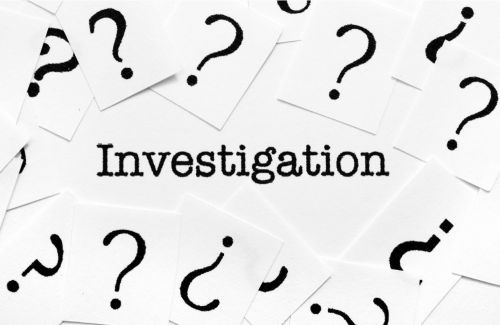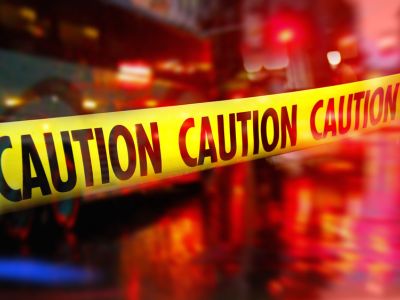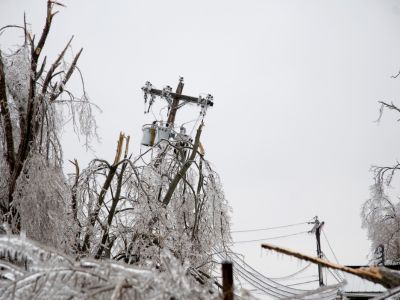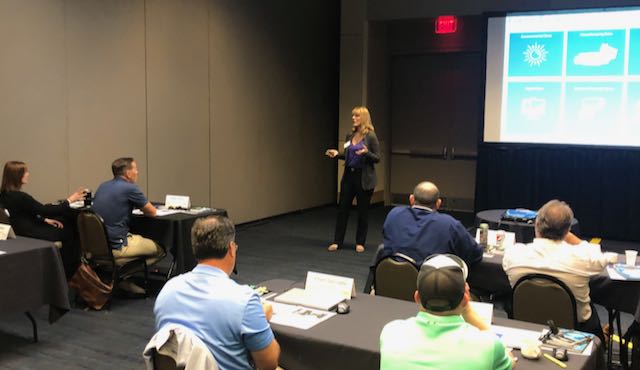Three Incident Investigation Rules

Incident Investigations Rules
The three rules you should apply to every incident investigation are:
- Don’t Cause More Damage
- Don’t Destroy Evidence
- Don’t Make Up Your Mind Before You Start Investigating
These seem like pretty self-explanatory, straightforward rules, but you will see in the following sections that these three incident investigation rules aren’t always followed.
Rule 1: Don’t Cause More Damage
The first of the three rules of incident investigation is to not cause more damage. After all, you don’t want to cause another incident or further damage by investigating an incident.
One example I was told (I don’t know if it is true) was that when investigating an accident where someone lost his finger, the investigator lost their finger during the recreation of the accident. Certainly, this wasn’t the intent of the investigation.

Another likely negative outcome would be an investigator being exposed to hazardous chemicals at an accident scene when they are collecting evidence.
Also, investigators should consider possible psychological damage when interviewing people who have been involved in a traumatic event. Consider potential post-traumatic event considerations. For example, in an off-shore accident that caused multiple fatalities and required an evacuation of a platform, the company representatives told people who had been through a traumatic evacuation that they needed to sign a liability waiver and a witness statement before they would be allowed to talk to their loved ones or leave the company facility. This treatment increased the stress on the evacuees and might have contributed to additional post-traumatic stress.
Therefore, investigators should consider hazards and the potential to cause damage before they start collecting evidence or performing interviews.
Rule 2: Don’t Destroy Evidence

Certainly, evidence should not be destroyed before your investigation is complete. But there may be times when evidence needs to be retained for criminal or civil legal proceedings.
Destroying evidence if there is a criminal investigation could lead to prosecution. This happened in the Deepwater Horizon post-accident EPA prosecution of BP. An engineer was prosecuted for deleting text messages even after he had turned over his phone to the FBI and it had been returned to him.
Destroying evidence before a potential civil suit can also cause problems. This can be a problem even if the destruction of the evidence is inadvertent. For example, see the story below from Book 4, Using TapRooT® Root Cause Analysis for Major Investigations (copyright © 2016 by System Improvements, used here by permission) …
The Lost Power Pole

An ice storm caused trees, power lines, and even power poles to collapse. A woman in a car was struck by a falling power pole and, after treatment, was left with permanent paralysis.
The woman sued the utility. Her attorney claimed that the power pole had been defective (rotted) and should have previously been replaced by the utility. If the utility had not been negligent, the woman would not have been injured.
The utility replied that they had performed their own investigation and that the report stated that the pole had failed due to excessive weight of ice on the lines and the pole. The pole had not been defective. The investigation had been done quickly because of the large number of power failures at the time. The utility’s main focus had been on getting the power restored.
The attorney for the woman asked that an outside expert be given access to the evidence to evaluate the pole that had been removed by the utility. The judge ruled that, even after two years, it was reasonable that the utility should have maintained the evidence because the utility had professional investigators and knew that a woman had been seriously injured and might sue.
The utility responded that in the storm cleanup, all damaged poles had been disposed of. Also, the investigator didn’t take or retain any pictures or samples of the pole. Thus, there was no evidence to turn over to the attorney’s expert.
The judge ruled that the evidence (the pole) was in the utility’s control, was relevant to the woman’s claim, had been destroyed by the utility, and (and this is very important) that the utility should have known to preserve the evidence because they had trained investigators and knew that legal action was likely. Thus, the utility was found to have “spoiled” the evidence (evidence spoliation).
Because the utility spoiled the evidence, the judge applied a sanction. He told the jury that they should infer that the pole had been defective.
The jury awarded a multi-million dollar award.
Rule 3: Don’t Make Up Your Mind Before You Start Investigating

Don’t start an investigation by trying to prove that you know what happened. You should start your investigation with an open mind and let the evidence lead you to conclusions.
I once had a boss who thought he knew what caused an accident. He said:
“Now, all we need to do is prove it.”
The act of jumping to conclusions contaminates your investigation. Once you start to “prove” a hypothesis, your mind starts to look for evidence to prove your conclusion and disregards evidence that is counter to your hypothesis. This is called “Confirmation Bias.” You can read more about confirmation bias HERE.
So, don’t make up your mind – start with a blank slate and let your SnapCharT® Diagram guide you with the evidence you collect.
Learn More About Incident Investigation and Evidence Collection
Where can you learn more about investigating incidents? First, read about the fundamentals of incident investigation HERE.
Next, consider attending the 5-Day TapRooT® Advanced Root Cause Analysis Team Leader Course. We hold public courses around the world or can bring one to your site.
Contact us by CLICKING HERE to get a quote for a course at your site. CLICK HERE to see the upcoming public courses being held around the world.

Another course to consider is the Effective Interviewing and Evidence Collection Course.
CLICK HERE to see the dates and locations for upcoming courses. Or CLICK HERE to contact us about a course at your site.
Whatever you do, don’t violate these three incident investigation rules!



